Description
Introduction to Probability and Statistics for Engineers and Scientists; Fifth Edition is a proven text reference that provides a superior introduction to applied probability and statistics for engineering or science majors. The book lays emphasis in the manner in which probability yields insight into statistical problems; ultimately resulting in an intuitive understanding of the statistical procedures most often used by practicing engineers and scientists.
Real data from actual studies across life science; engineering; computing and business are incorporated in a wide variety of exercises and examples throughout the text. These examples and exercises are combined with updated problem sets and applications to connect probability theory to everyday statistical problems and situations. The book also contains end of chapter review material that highlights key ideas as well as the risks associated with practical application of the material. Furthermore; there are new additions to proofs in the estimation section as well as new coverage of Pareto and lognormal distributions; prediction intervals; use of dummy variables in multiple regression models; and testing equality of multiple population distributions.
This text is intended for upper level undergraduate and graduate students taking a course in probability and statistics for science or engineering; and for scientists; engineers; and other professionals seeking a reference of foundational content and application to these fields.
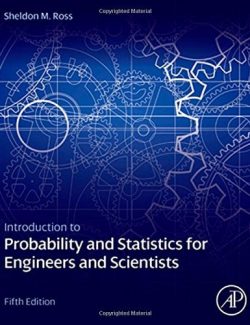

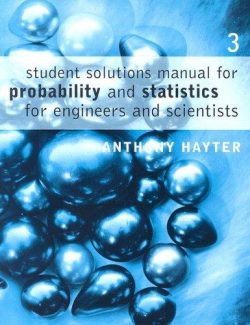

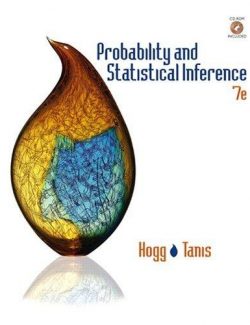

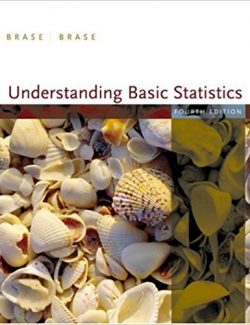
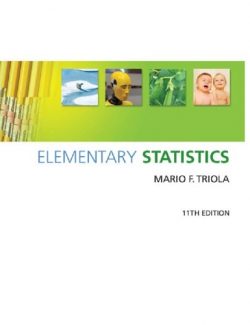
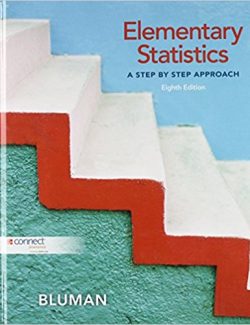
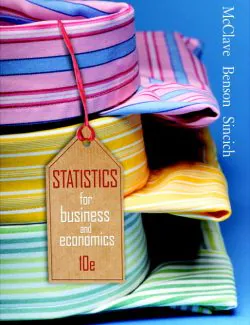

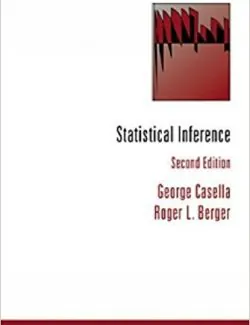
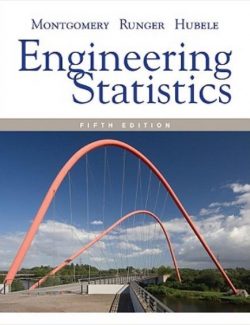
Leave us a comment
No Comments